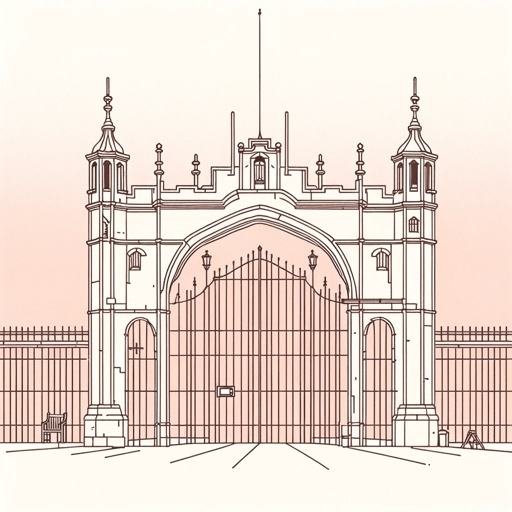61 pages • 2 hours read
Charles DickensLittle Dorrit
Fiction | Novel | Adult | Published in 1857A modern alternative to SparkNotes and CliffsNotes, SuperSummary offers high-quality Study Guides with detailed chapter summaries and analysis of major themes, characters, and more.
Symbols & Motifs
The Marshalsea
The Marshalsea debtor’s prison is an important setting in Little Dorrit, and it is a complex symbol, representing both imprisonment and freedom. At its face, it is a debtors’ prison and a bureaucratic structure, so it becomes a symbol for the inhumanity and inefficiency of the contemporary British government. The prisoners who enter it lose all hope of ever leaving since the system is rigged to ensure that they stay forever; the prison takes away their hope for freedom since they lose their ability to work and repay their debts. In this way, the Marshalsea is a dark symbol of a citizenry trapped under a cruel, illogical government.
However, the Marshalsea is also a symbol of true freedom—mental and spiritual freedom—especially as represented by Amy. The Marshalsea is specifically tied to Amy Dorrit as she is born and raised there, and this differentiates her from the rest of her family. Through her upbringing within the Marshalsea, Amy grows up free from the pressures and pretensions of London’s high society, so she remains a kind, honest person. Dickens shows that the walls of the prison in fact make Amy a freethinker, making it a site of mental and spiritual freedom.
Related Titles
By Charles Dickens
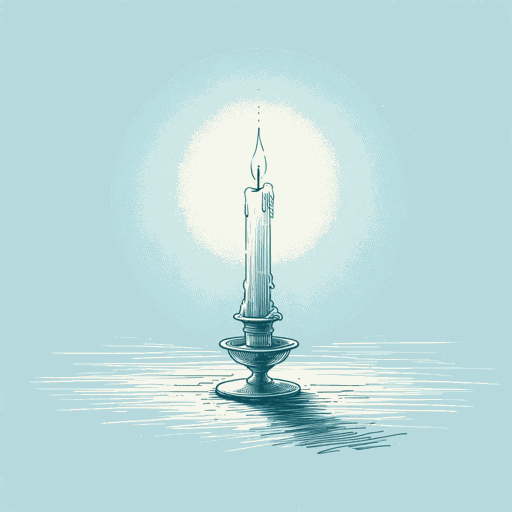
A Christmas Carol
Charles Dickens
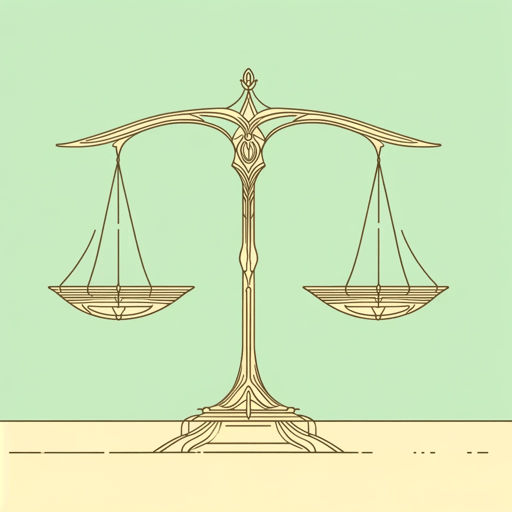
A Tale of Two Cities
Charles Dickens

Barnaby Rudge: A Tale of the Riots of Eighty
Charles Dickens
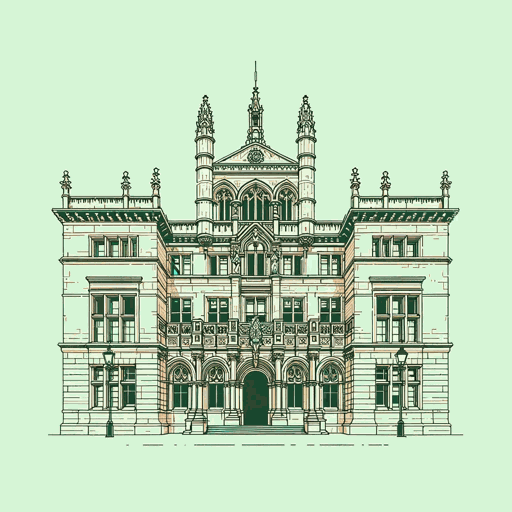
Bleak House
Charles Dickens

David Copperfield
Charles Dickens

Dombey and Son
Charles Dickens
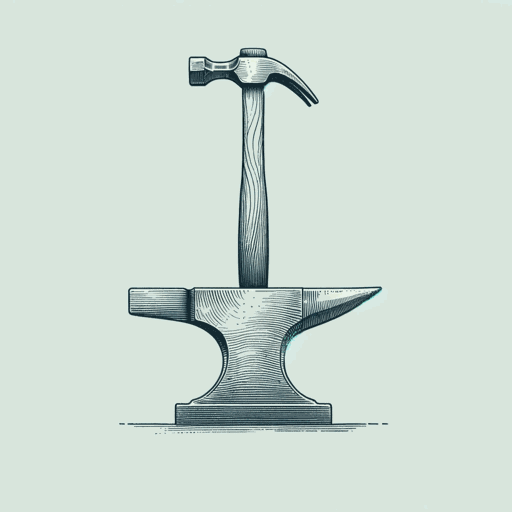
Great Expectations
Charles Dickens

Hard Times
Charles Dickens

Martin Chuzzlewit
Charles Dickens

Nicholas Nickleby
Charles Dickens

Oliver Twist
Charles Dickens

Our Mutual Friend
Charles Dickens
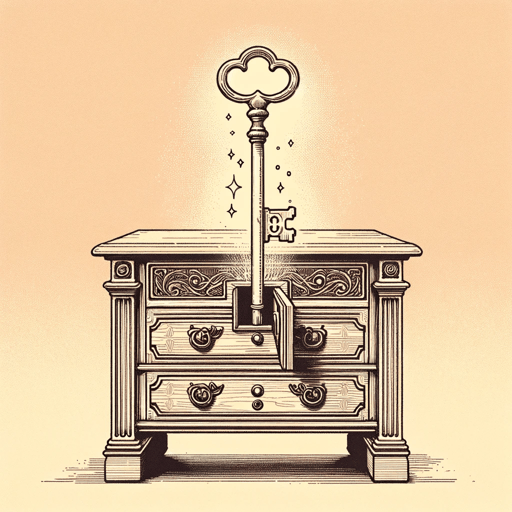
Pickwick Papers
Charles Dickens

The Mystery of Edwin Drood
Charles Dickens
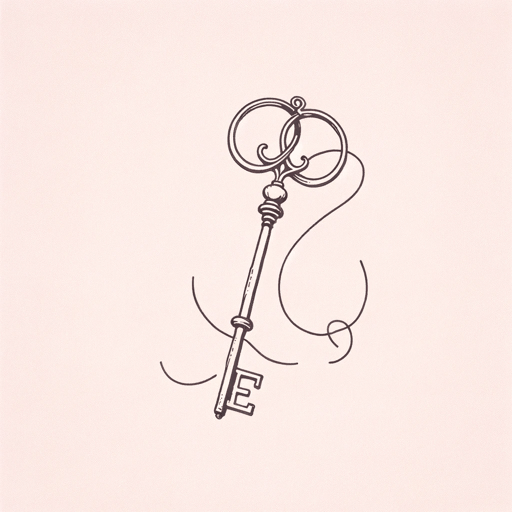
The Old Curiosity Shop
Charles Dickens
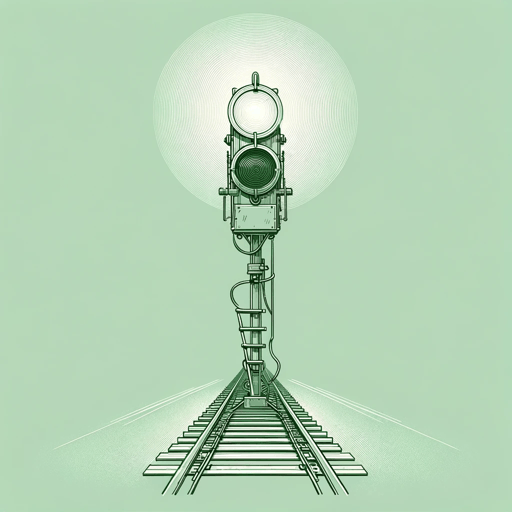
The Signal-Man
Charles Dickens
